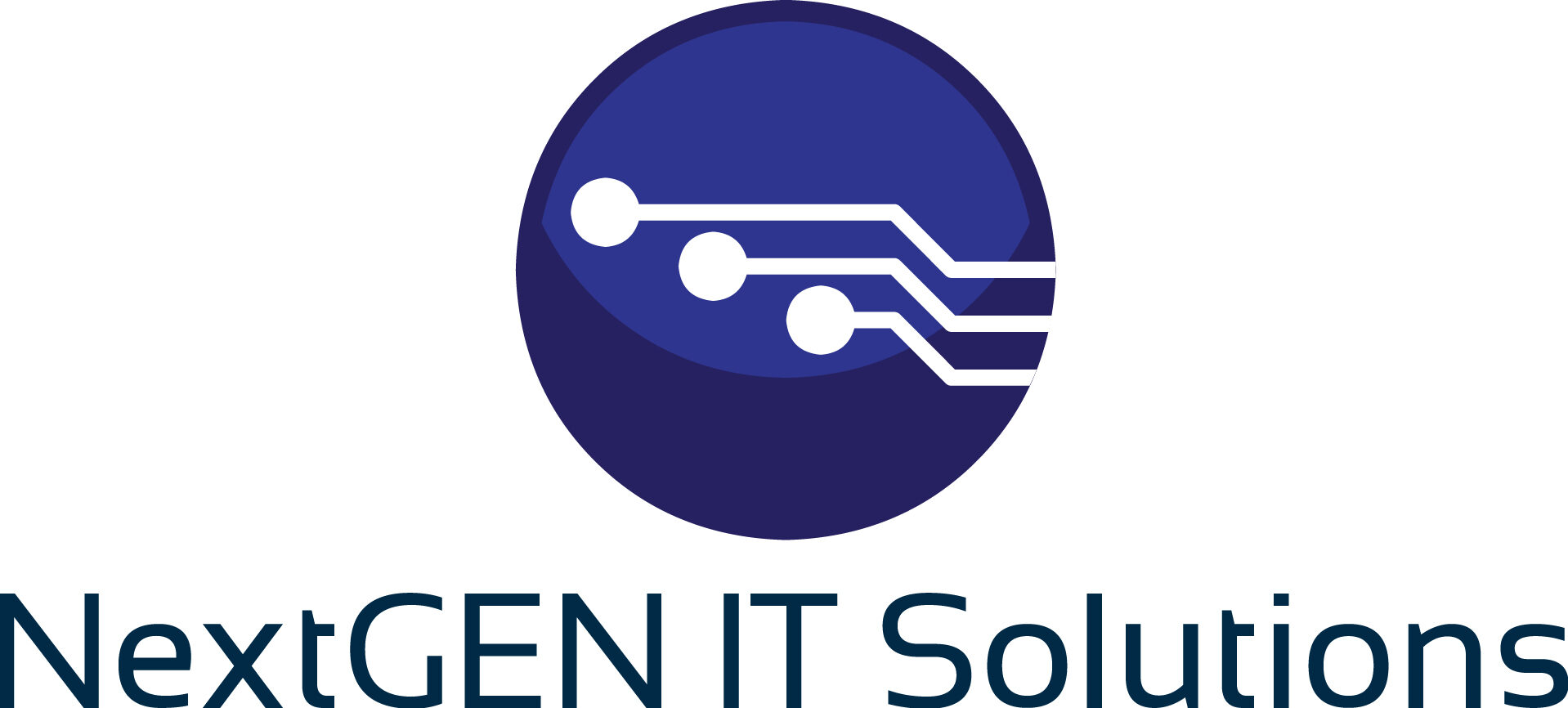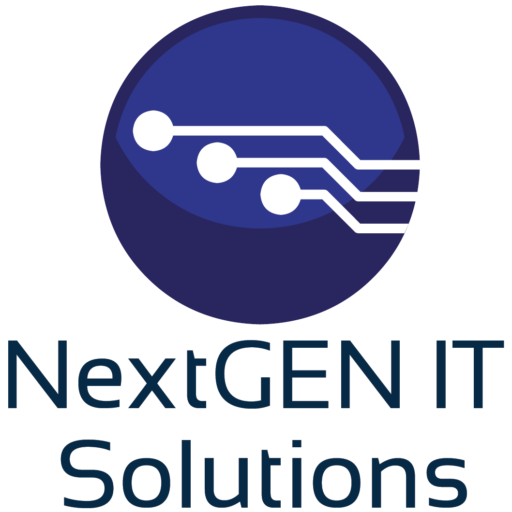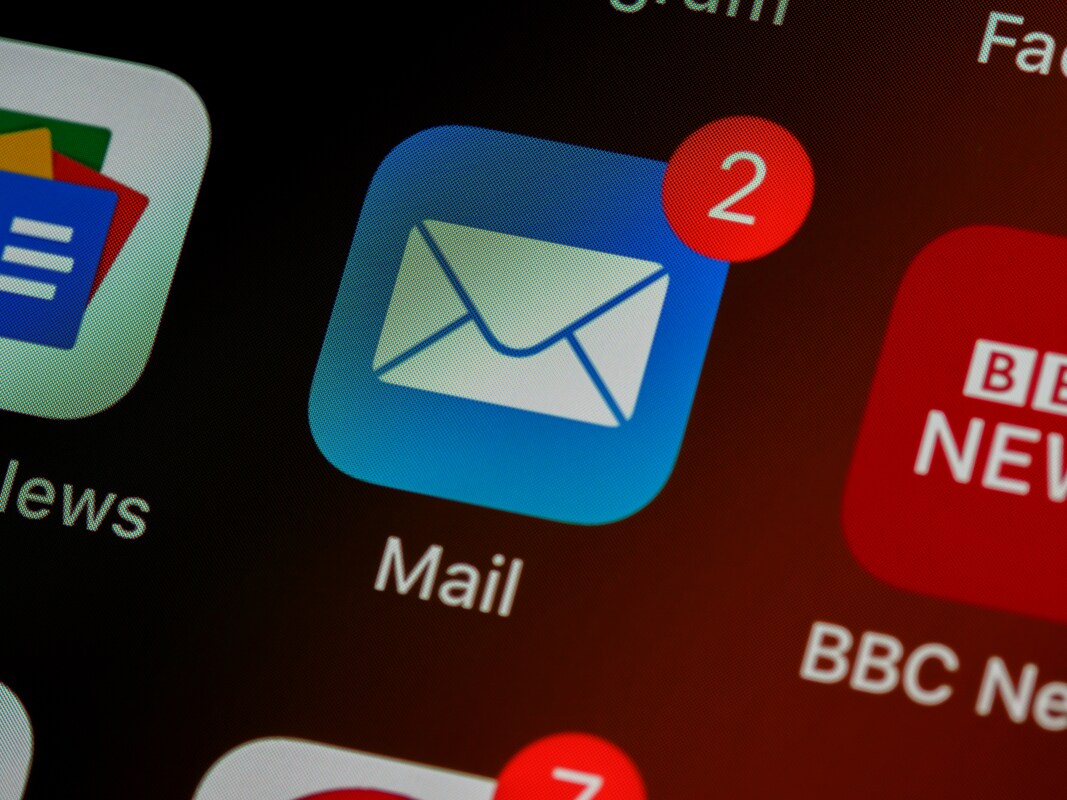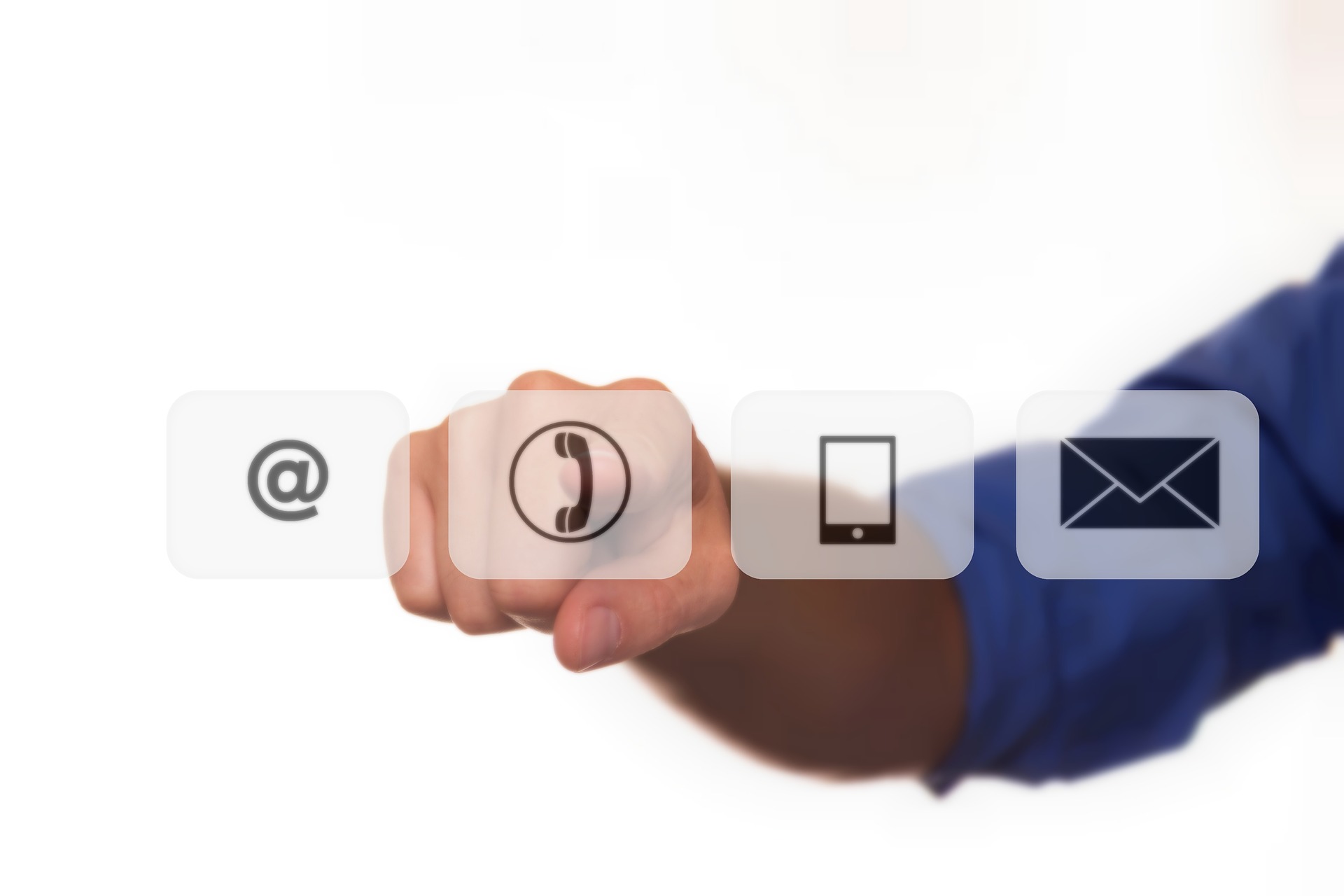Understanding Dmarc: Importance, Implementation, and Implications

In the ever-evolving landscape of digital communication, email remains a cornerstone for personal and professional correspondence. However, the surge in email-based threats like phishing, spoofing, and spam has necessitated the development of robust security protocols. One such protocol, gaining significant attention especially with its recent adoption by giants like Gmail and Yahoo, is the Dmarc (Domain-based Message Authentication, Reporting, and Conformance). This blog post delves into the intricacies of Dmarc, its importance in today’s digital communication, and the implications of its adoption by major email service providers.
What is Dmarc?
Dmarc is a security protocol designed to give email domain owners the ability to protect their domain from unauthorized use, commonly known as email spoofing. The primary function of Dmarc is to allow domain owners to specify how email receivers should handle emails that fail DMARC checks. It builds on two key technologies: SPF (Sender Policy Framework) and DKIM (DomainKeys Identified Mail).
How Dmarc Works
- SPF: It allows the domain owner to specify which mail servers are permitted to send emails on behalf of their domain.
- DKIM: It provides an encryption key and digital signature that verifies that an email message was not forged or altered.
Dmarc ties these two technologies by providing a clear policy on how to handle emails that fail either SPF or DKIM checks. It uses DNS records to publish these policies.
Why is Dmarc Important?
- Prevents Email Spoofing: By authenticating the sender’s domain, Dmarc prevents attackers from masquerading as someone from your domain, thus protecting your brand’s integrity.
- Increases Email Deliverability: Emails that pass Dmarc authentication are more likely to reach the inbox, as opposed to being flagged as spam.
- Enhances Visibility and Control: Dmarc includes reporting capabilities, allowing domain owners to get insights into how their emails are being handled and identify potential authentication issues.
- Compliance with Regulatory Standards: In some industries, implementing Dmarc is a part of complying with regulatory standards for data protection and privacy.
Gmail and Yahoo’s Adoption of Dmarc in February 2024
In a significant move, both Gmail and Yahoo have announced that starting February 2024, they will require Dmarc authentication for all incoming emails. This decision marks a pivotal shift in email security, underscoring the protocol’s importance.
Implications for Email Senders and Receivers
- For Senders (Businesses and Individuals): Those who rely on email for communication, especially for marketing or official correspondence, must ensure their email systems are Dmarc compliant. This involves setting up SPF and DKIM records and then publishing a Dmarc policy in their DNS.
- For Receivers (Email Users): Gmail and Yahoo users can expect a significant reduction in phishing emails and spam, leading to a safer email experience.
Steps to Implement Dmarc
- Set Up SPF and DKIM: These are prerequisites for implementing Dmarc. SPF records list the servers allowed to send emails from your domain, and DKIM adds a digital signature to your emails.
- Publish a Dmarc Policy: This is done by adding a DNS record. The policy tells email servers how to handle emails that fail SPF or DKIM checks (e.g., reject, quarantine, or allow).
- Monitor and Adjust: Use Dmarc’s reporting feature to monitor your email traffic and adjust your SPF, DKIM, and Dmarc settings as needed.
Challenges and Considerations
While the adoption of Dmarc is a positive step towards better email security, it’s not without challenges.
- Technical Complexity: Setting up SPF, DKIM, and Dmarc can be complex, especially for organizations without dedicated IT support.
- Potential for Legitimate Email Rejection: Incorrect setup can lead to legitimate emails being rejected or marked as spam.
- Ongoing Management: Dmarc requires ongoing management and tweaking to ensure optimal performance.
The move by Gmail and Yahoo to require Dmarc authentication marks a significant moment in the fight against email-based threats. It underscores the protocol’s effectiveness in authenticating email sources and protecting users from malicious actors. For businesses and individuals alike, the time to adopt Dmarc is now. Doing so not only aligns with these new requirements but also fortifies your email communications against the ever-present threat of spoofing and phishing.
In a world where email security is no longer optional but mandatory, embracing technologies like Dmarc is not just a best practice—it’s a necessity for safeguarding digital communication. As we move forward into an era where email threats are increasingly sophisticated, the adoption of protocols like Dmarc will play a pivotal role in defining the safety and integrity of our digital conversations.




